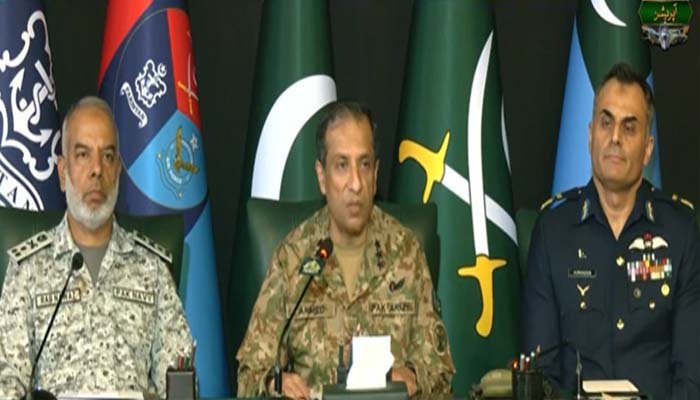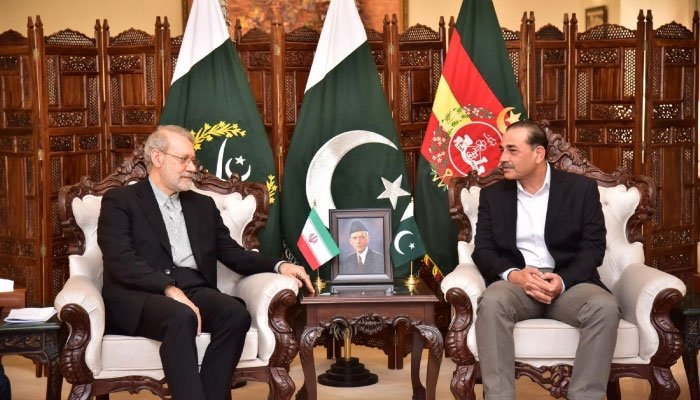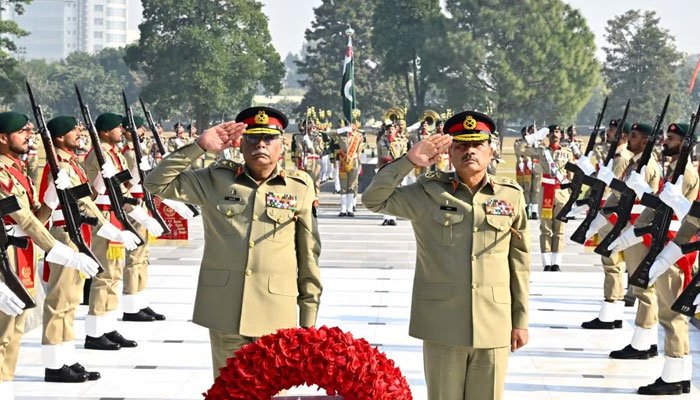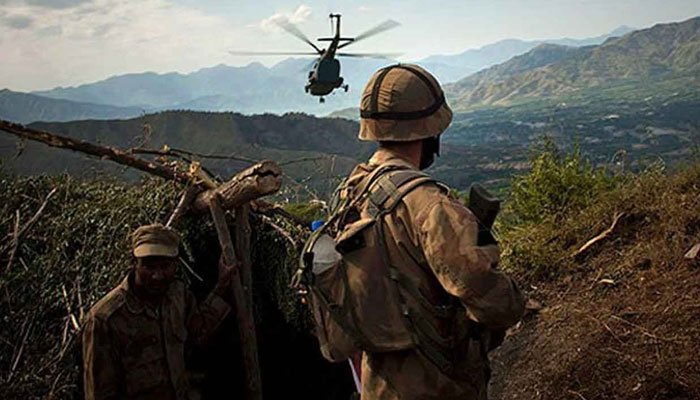The strikes were carried out using Fateh Guided Missiles I and II, with extreme precision to avoid civilian casualties.
RAWALPINDI: Director General Inter-Services Public Relations (DG ISPR) Lieutenant General Ahmed Sharif Chaudhry, along with senior officers of the Pakistan Air Force (PAF) and Pakistan Navy (PN), is holding a major press conference regarding the operational details of Operation Banyan-e-Mersoos.
The DG ISPR said that in a powerful and coordinated response to Indian aggression, Pakistan has carried out successful military operations targeting 26 key Indian military positions.
The DG ISPR expressed his heartfelt gratitude to the Pakistani soldiers and termed them as frontline soldiers in the defence of the country. He also praised the Pakistani media for standing firm like “Banyan-e-Mersoos” against Indian disinformation campaigns.
The spokesperson confirmed that Indian military targets were targeted in Suratgarh, Sirsa, Bhuj, Nalia, Adampur, Awantipora, Udhampur, Pathankot, Bathinda, Barnala, Halwara, Srinagar, Jammu, Mamoon and Ambala.
Two S-400 battery systems were specifically targeted and successfully engaged in Adampur and Bhuj. BrahMos missile storage facilities in Beas and Nagrota were also destroyed.
The strikes were carried out using Fateh Guided Missiles I and II, with extreme precision to avoid civilian casualties.
According to the DG ISPR, Pakistan only targeted locations that were actively used for attacks on innocent civilians in Azad Kashmir. Radar systems in Uri and Poonch and military headquarters directing operations against Pakistan were neutralized.
Pakistan’s armed forces also carried out significant cyber operations, paralyzing key Indian military systems. The DG ISPR said the military response was “historic and timely” and that “no one should doubt that any attack on our sovereignty will be met with a determined and effective response.”
The DG ISPR expressed special gratitude to the Prime Minister, cabinet members and political leadership for taking bold decisions in difficult times. He appreciated the unity of political parties.
He also prayed for the civilians injured in the Indian aggression and paid tribute to the martyrs and their families, assuring them that the nation’s thoughts and prayers are with them.
The DG ISPR confirmed that the operations destroyed facilities used to support terrorist activities inside Pakistan. Notably, the Military Intelligence Units in Rajouri and Nowshera, which are known to be key centres for organizing terrorism inside Pakistan, were neutralized. The field operatives of these units were also eliminated.
He said that the Pakistan Army carried out continuous operations against Indian posts in Azad Jammu and Kashmir that were firing on civilians. These operations forced several Indian posts to surrender and raise white flags.
The ISPR spokesperson also revealed that India violated Pakistan’s airspace using drones to create fear among the civilian population. In a strategic display of capability, armed Pakistani drones flew over major Indian cities including the capital New Delhi during Operation Banyan Umm Mersoos. The aim was to highlight the limited usefulness of drones in modern battlefields.
Pakistan also carried out significant cyber attacks, successfully crippling Indian military infrastructure. The DG ISPR stressed that while Pakistan had utilized several of its combat capabilities during the conflict, the rest were reserved for future contingencies.
He clarified that Pakistan’s military response was proportionate and cautious. Those involved in the killing of innocent Pakistani civilians were deliberately chosen as high-value targets. Efforts were made to ensure that civilians were not harmed during the operation.
The DG ISPR reiterated three promises made to the nation: Pakistan’s response would be strong, the timing and method would be chosen independently, and that the global media, not just the Indian media, would take notice of the response.





